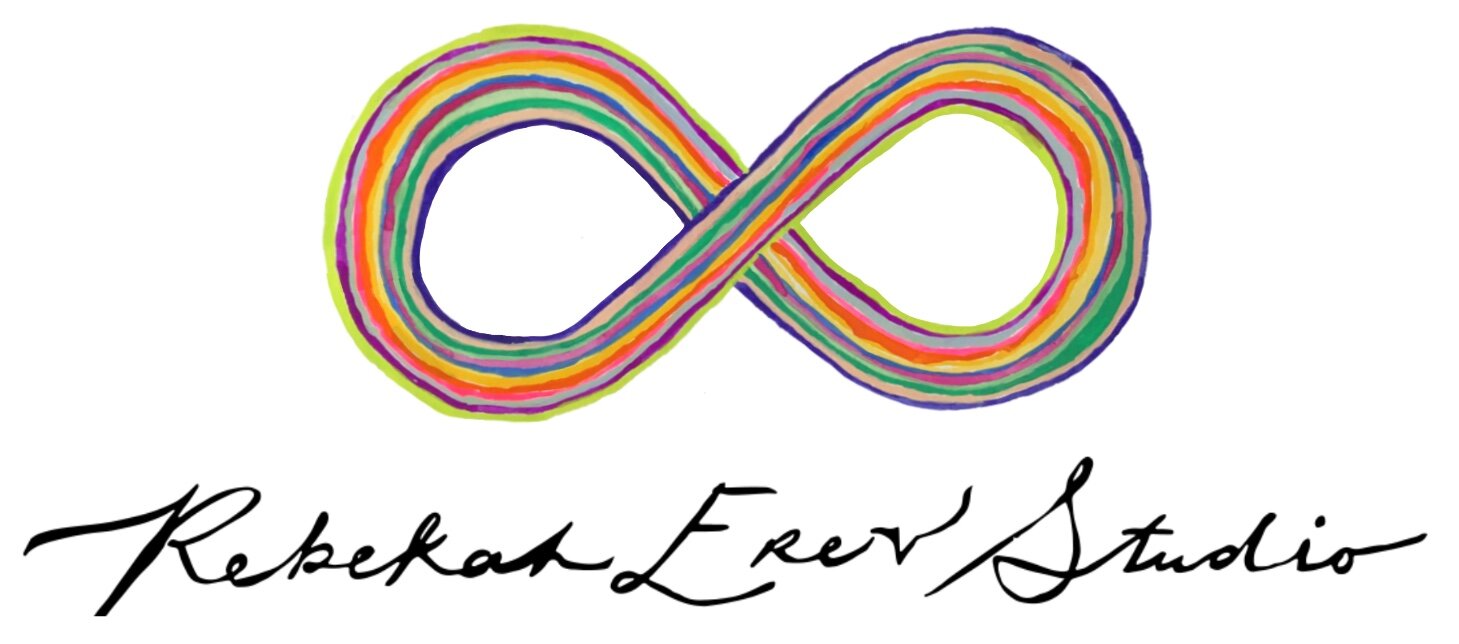Weaving A Life
/Weaving hands and earth in ritual on Ohlone land.
As Spring is teasing us at the beginning of March, we’re listening to plants, the wind, and flowers, to receive sweet messages. In the same way, we can also listen to our bodies for information. Our bodies are made up of the same literal substance as everything else we see in the natural world. We are all a part of this miraculous web.
Literally. When we get down to the atomic level, everything is made of the same stuff. It’s an illusion that we are separate. Our ancestors knew this. I think the concept of god was developed by humans because we were just so damn amazed at the presence we were experiencing. Because we were gifted a mind, aware of our experience, we needed to conceptualize what we were experiencing. Thus, god.
But the concept I think our ancestors were trying to explain was much more vast than common conceptions. It was more like an experience of being a part of an intricate woven system, where we were both the weavers and being woven. When we can experience this connection, of co-weaving, we can build on a foundation that was gifted to us when we were born.
Weaving a life is embracing our unique abilities and offerings. When we understand physically how we are both completely unique and completely the same, it’s liberating.
I basically see our similarity coming down to one simple concept: pain.
Pain, the most motivating feeling on the planet.
Pain motivates us to change. Change is the essence of life. In the weaving of our life, if love is the weft, pain is the warp.
We work for justice because we understand our own pain to be universal. EVERYONE is in pain. A lot of pain. And we want to change that.
As far as I’ve discerned in my tiny life so far:
Our capacity for joy is completely related to our ability to sit with pain: ours and, others.
Pain is relative to one’s own experience. What’s painful to one person may be minor to another. Everyone has different thresholds depending on a million factors of experience, circumstance and the physical manifestation of the body they were born into.
Pain is related to circumstance. It’s none of our business (as in, we didn’t consciously choose our physical, mental, and nuero functioning abilities). We don’t have control over our race, gender, sexuality, or class we are born into either. We live in a world that systematically treats people differently related to these things. They affect our level of pain because of how we are treated by others, our access to medical treatment and our resources for self-care and family care.
Having experiences where we understand that you can live through pain creates resilience. Experiencing atomic memory (the memory that lies in our cells) of our ancestors living in us and the pain they went through, can also help build this resilience.
When we unite with others to liberate their pain, it gives us more resources to live with our pain. In a world that is often unjust this is what freedom can look like.
As many in disability movements talk about: We are all moving towards disability. We are all getting older. Our abilities change as we age. We are all fragile human bodies vulnerable to chance. Our abilities (and our lives for that matter) can change in the blink of an eye. Although having access to money and living in industrialized countries lessens the chance dramatically: It is still very possible. No one is immune to the cold hard fact of having a body.
How we treat our own bodies mimics how we treat the earth body. We can feel her pain and she feels ours.





